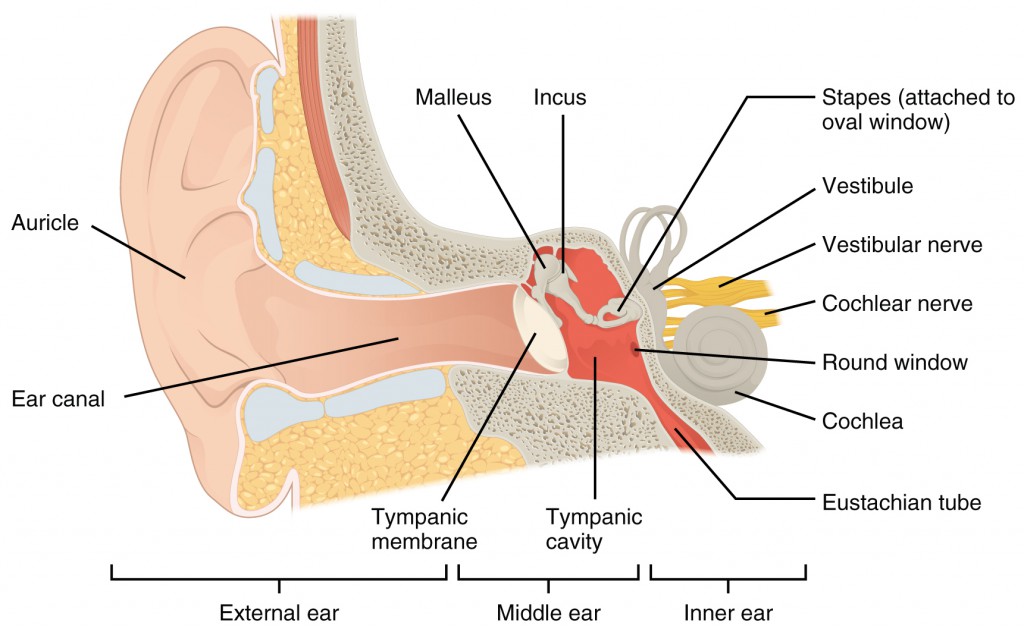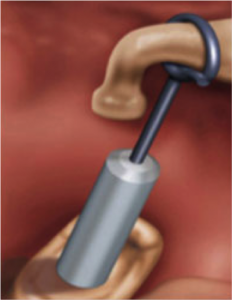Ear Surgeries
6. Stapedectomy
Hearing loss is caused by a progressive condition called otosclerosis, where spongy bone at the base of the stapes hardens and does not vibrate properly. Then the stapes is fixed at the opening of the inner ear.
Stapedectomy involves removing the stapes superstructures when it is fixed and replace it with a prosthesis. The prosthesis is a small plastic tube surrounded by a stainless steel wire that hangs on the incus. This surgery improves the transmission of sound in your ear.


We ask our patients to take Gravol (50mg) and Tylenol (625mg) 1 hour before surgery.
The great advantage of performing this surgery under local anesthesia is to:
- Monitor if the patient is dizzy or not!
- Test hearing’s improvement during surgery.
The patient is not under general anesthesia, he will respond to us and tell us if he is dizzy and if his hearing is better. Thus, the perfect fit of the prosthesis for optimal hearing without disequilibrium.
The patient will be off work or school for 7 to 10 days. Certainly you must follow the doctor’s recommendations.
Operated ear care:
You will see your ENT surgeon about a week after the surgery so he can remove your bandage. You should not change, move or moisten the bandage during that time.
__________________________________
Surgeries performed under local anesthesia at the Polyclinique Centre-Ville
Ear Surgeries:
- Myringotomy + insertion of a transtympanic tube
- Long term subcutaneous tube
- Tympanoplasty or myringoplasty
- Perilymphatic fistula surgery
- Ossicular reconstruction
- Stapedectomy
